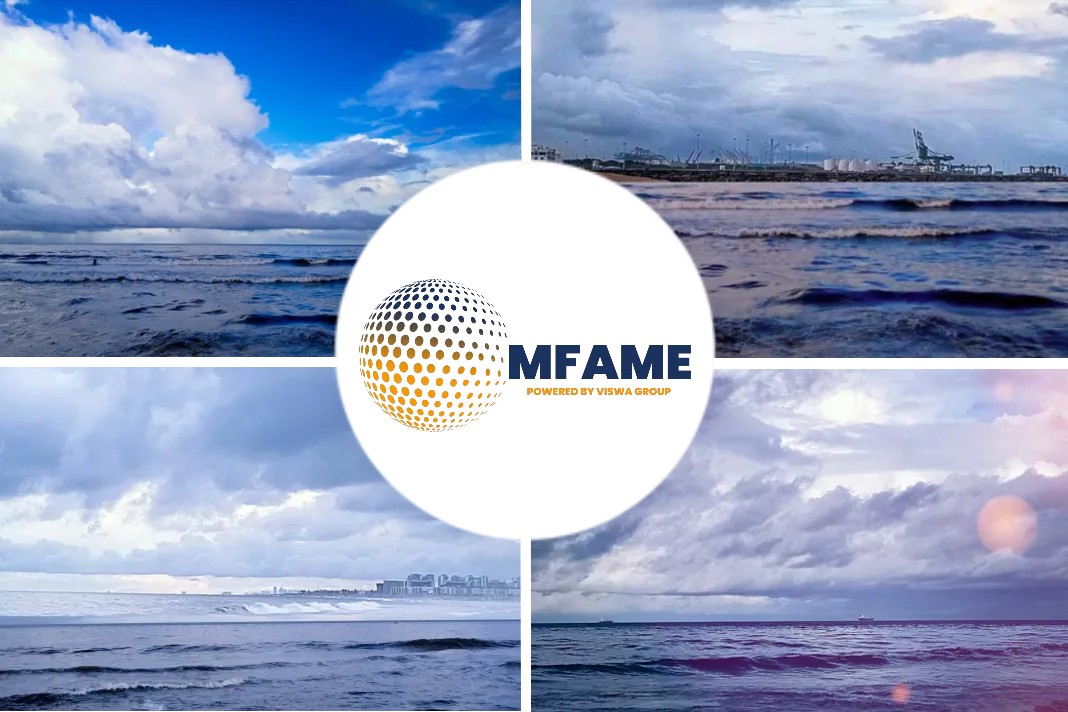As 2020 is fast approaching, many uncertainties have risen with respect to fuel costs and fuel availability. The characteristics of some of these new fuels and how the sulphur cap is going to be enforced is a matter of concern. Certainly ship owners and charterers have tough decisions to make in terms of how they’re going to comply with the new legislation on the reduction of the sulphur cap down to 0.5% on 1 January 2020; and these issues aren’t just technical or operational, there are commercial and contractual issues.
What to expect?
An area where there is scope for disputes concerns time charter parties, where the time charterer provides the bunkers.
There’s no transition period after the 1st of January 2020, ship owners have to do their transition before that. The key message they are trying to get is to start acting now rather than waiting till the end and to ensure an open dialogue. Chartering departments cannot act on promises from a charterer to supply one type of fuel without consulting the technical department. Then there is the commercial cooperation aspect where its quite likely that most charter parties, particularly time charter parties and especially those that span the 2020 enforcement date will need to be amended.
Need for proper planning
The importance of planning cannot be overstated and there is an imminent need for plan transition. This and the changeover depend on the chosen method of compliance. If an operator is opting for distillates or new VLSFO products, then tank cleaning has to be carried out safely and properly to make sure the future stems aren’t contaminated.
Option #1: Burn Distillate Fuels
As things stand, this seems to be the most popular choice, perhaps shipowners keeping an eye on the development of the new blended fuels. Most of the concerns surrounding the use of compliant distillates, such as MGO, are well known and the most obvious one is its availability from 2020.
Possible issues
- Fuel pump leakages
- Centrifugal separators – do existing units needs to be modified?
- Low-temperature flow characteristics
- Over-rating of vessel steam generation capacity (no longer any need to heat fuel)
Option #2: Burn ‘Hybrids’ and Blends
The primary concern is that we know so little about the new VLSFO products expecting to hit the market. We know nothing about their characteristics and their composition. Will they consist of VGO, shale oil or be derived from new refinery methods?
Possible issues
- Centrifugal separators – again, do existing units needs to be modified?
- Difficulties in tracing the source of cutter stocks and blend components (are the recent bad bunker issues a sign of things to come?)
- Will supply meet demand in 2020?
- Some products could fall outside recognized grades in ISO 8217
- New fuels are expected to be largely paraffinic in nature, therefore higher risk of incompatibility between fuels
Option #3: Scrubbers
There has been a recent spike in interest in scrubbers; probably due to some bunker market analysts’ predictions of around $400 per tonne price differential between high sulphur heavy fuel and compliant MGO come 2020. From a purely financial point of view, this makes it an attractive option not only to shipowners but also time charterers where they have an obligation to provide the fuel. The green credentials of this option are being argued very publically at the moment.
Possible issues
- What to do in the event of scrubber malfunction – the need for contingency plans.
- If carrying MGO as a contingency – ensure safe and contamination-free changeovers
- Is there a drydocking entitlement in charter parties and would it apply?
- At installation, remember the need for safe access to equipment and machinery
- Will C/P vessel performance warranties be affected by the increased consumptions associated with scrubbers?
- Requires a lot of space and power
- Could require high levels of maintenance and there are reliability concerns – the importance of doing it right and using the right materials
- Impact of future legislation, in particular restrictions on the discharge of effluent from open loop systems
- Unknown availability of HS HFO post-2020
- The time required to plan, purchase and fit system
- Closed loop and hybrid systems – safe handling of chemicals and waste
Option #4: Burning LNG
Possible issues
- Is it a long-term solution and how does it fit with IMO’s strategy to reduce CO2 emissions?
- Reliability of DF engines – switching back to MGO during engine load changes
- Lack of recognized commercial quality standards for LNG as a marine fuel
- C/P vessel performance warranties affected?
- High CAPEX – long payback period
- Limited infrastructure means limited trading?
- Aging and rollover – how much of a risk?
- Uncertainty in quality and quantity disputes
- Loss of cargo space because of the size and nature of storage tanks
- Higher risk bunkering, storage and use of LNG
- Crew familiarity
Ship owners and charterers need to protect themselves and this all comes down to charter party clauses. The most obvious clause is the bunker quality clause, but all clauses in a charter party that have any relation with fuel need to be checked. So we’re recommending a full review. This is particularly important for those charter parties that span the 2020 implementation date.
Concluding remarks
The key point highlighted here is that there isn’t a single magic clause; the whole contract has to be considered. BIMCO has drafted a new bunker quality clause but again it’s not the panacea for illnesses. However, they’re also working on other clauses to look at all the other aspects.
Did you subscribe for our daily newsletter?
It’s Free! Click here to Subscribe!
Source: SAFETY4SEA























